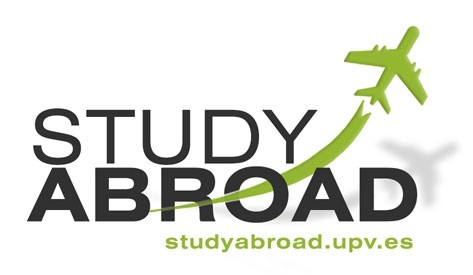
|
|

• Attendance
• Assessments
• Sexual Harassment Policy
• Students With Disabilities
• Academic Honesty Policy
• University Ombudsman
• Statement On Audio And Video Recording
• Syllabus Change Policy
Data Structures and Algorithms I
3 Credits | 300 Level | 50 Contact hours
1. The primary textbook for this course is Modern Software Development Using Java, Second Edition by
Paul Tymann and G. Michael Schneider. This text is freely available online at
http://www.cs.rit.edu/~ptt/msd/.
A continuation of CS 111x, emphasizing modern software development methods. An introduction to the software development life cycle and processes. Topics include requirements analysis, specification, design, implementation, and verification. Emphasizes foundational data structures and program analysis. The course provides a comprehensive look at the Java programming language including object oriented programming, concurrency, inheritance or polymorphism. Additionally, foundational data structures and related algorithms are studied.
• Students will understand how to write programs in Java, including all basic structures (e.g., ifstatements, loops, functions), recursion, objects, methods, inheritance / polymorphism, and exception throwing / handling.
• Students will understand and implement several key data structures, required for a foundational
education in computer science. These data structures include Vectors, Linked Lists, Stacks, Queues, Binary Search Trees, AVL Trees and Hash Tables.
• Students will understand and be able to implement various sorting methods, including insertion sort, mergesort, quicksort, etc.
• Students will be able to understand and analyze program analysis using practical approaches (e.g.,mergesort vs. quicksort) and theoretical approaches. This will include both space and time complexity analyses.
• Students will gather an abstract, and basic understanding of concurrency and associated issues(shared resources, etc.). Students will be able to implement simple multi-threaded programs in Java.
1. Java Review. Basic program structure.
2. Objects and classes. Key data structures.
3. References
4. Class Design.
5. Sorting Collections, Comparators.
6. Abstraction, Interfaces, polymorphism, Inheritance.
7. Java Collections Framework.
8. Sets and Maps.
9. Algorithm Analysis.
10. Sorting. Binary Search.
11. Handling events.
12. Recursion; Divide and Conquer.
13. Data Structures, Trees, Binary Trees, BST.
Your final course average will be calculated using the following method:
• Labs and Exercises – 30%
• Assignments – 20%
• Exam 1 – 15%
• Exam 2 – 15%
• Final Exam – 20%
|
